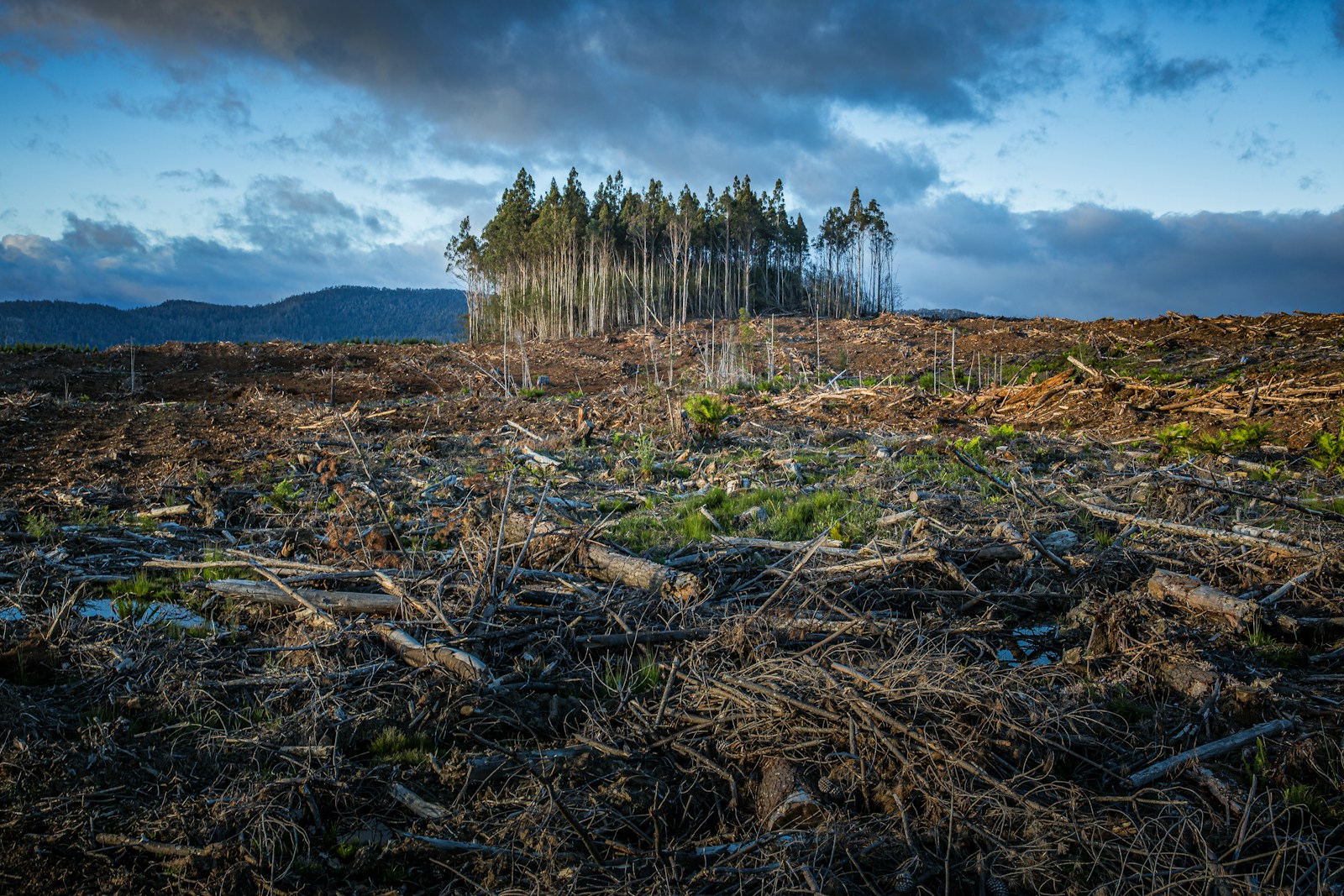Key Takeaways:
- Birds and farmers are teaming up to fight climate change.
- Farmers are helping endangered birds by creating habitats on their land.
- Climate change is threatening both birds and agriculture.
- Conservation efforts like flooding fields and planting grasses are proving successful.
- International collaborations are key to saving migratory birds.
- Farmers are earning extra money by protecting birds and their habitats.
Climate change is changing the world fast, and birds are struggling. But farmers are stepping up to help. From rice fields in Texas to cattle ranches in Uruguay, farmers are working with conservationists to protect birds and their habitats. It’s a win-win: birds get a safe place to live and eat, and farmers earn extra money while helping the environment.
Birds in Danger
Birds like the whooping crane are disappearing fast. These tall, gray birds with long necks are endangered, and only a few hundred remain. But some farmers, like James Gentz in East Texas, are happy to help. Gentz grows rice and crawfish, and his flooded fields are perfect for birds like snow geese, pintails, and whooping cranes.
Not all farmers are excited about birds, though. Some worry that birds will eat their crops or spread diseases like avian flu. But Gentz loves seeing the cranes and other birds on his land. He says, “I just loved to see them.”
Farmers Team Up with Conservationists
As the climate gets weirder, birds and farmers are linked in unexpected ways. Conservationists, nonprofits, and even the government are working with farmers to create habitats for birds. The idea is simple: make sure farming practices also help birds.
For example, rice farms in Louisiana and Texas are like natural wetlands. These farms flood their fields to grow rice and crawfish, which matches the migration patterns of birds. When the fields are flooded in the fall, birds like egrets, herons, and storks come to eat crustaceans, tadpoles, and insects. It’s like a bird buffet!
But if farmers switch to crops like corn and soybeans, which use less water, the biodiversity disappears. Elijah Wojohn, a conservation biologist, says you might only see raccoons, deer, and crows. That’s why it’s important to keep farming practices that help birds.
A Win-Win for Farmers and Birds
Conservation groups like Ducks Unlimited are helping farmers make money while protecting birds. In places like the Mississippi Delta and California, farmers flood their fields in the winter to attract ducks and geese. These birds eat leftover rice and plants, which helps farmers by cleaning up their fields. It’s like having an extra crop—birds!
In 2024, Ducks Unlimited helped conserve 1 million acres for waterfowl. Their goal is to keep rice farmers farming rice, especially as climate change makes it harder.
Challenges and Solutions
Not all ideas work perfectly. In New York, some farmland is being turned into grasslands to help ducks. But this might cause problems if too many birds show up in their breeding areas. It’s like having too many guests at a party!
Another big challenge is the Klamath Basin in Oregon and California. This area is so dry that migrating birds have almost disappeared. Conservationists are trying to bring back water by removing dams and reconnecting wetlands. This could help both birds and farmers by keeping water tables high.
Global Efforts to Save Birds
Birds don’t stay in one place, so saving them requires international teamwork. For example, buff-breasted sandpipers migrate 18,000 miles each year. They stop to eat in places like Texas, Paraguay, and Colombia. But these stopovers are disappearing.
Conservationists are teaching ranchers in Uruguay how to improve grazing practices. By moving cattle around, grasses stay healthy, and insects thrive—perfect for hungry sandpipers.
The Future of Bird Conservation
Climate change is happening so fast that birds can’t adapt quickly enough. That’s why conservationists are racing to protect habitats and find new places for birds to live. Farmers are key players in this effort.
In the Northwest, drought is drying up wetlands and threatening birds. Farmers are being paid to leave harvest debris and flood pastures to help birds survive. It’s a small step, but it makes a big difference.
Birds Are the Canary in the Coal Mine
Birds are like a warning sign for the health of our planet. If birds are disappearing, it’s a sign that something is wrong with the environment. By protecting birds, we’re also protecting ourselves.
Farmers are heroes in this story. They’re not just growing food; they’re saving species. And with the help of conservationists, they’re proving that people and nature can work together to fight climate change.
The clock is ticking, but there’s hope. If farmers and conservationists keep working together, birds and people can thrive—even in a changing world.

